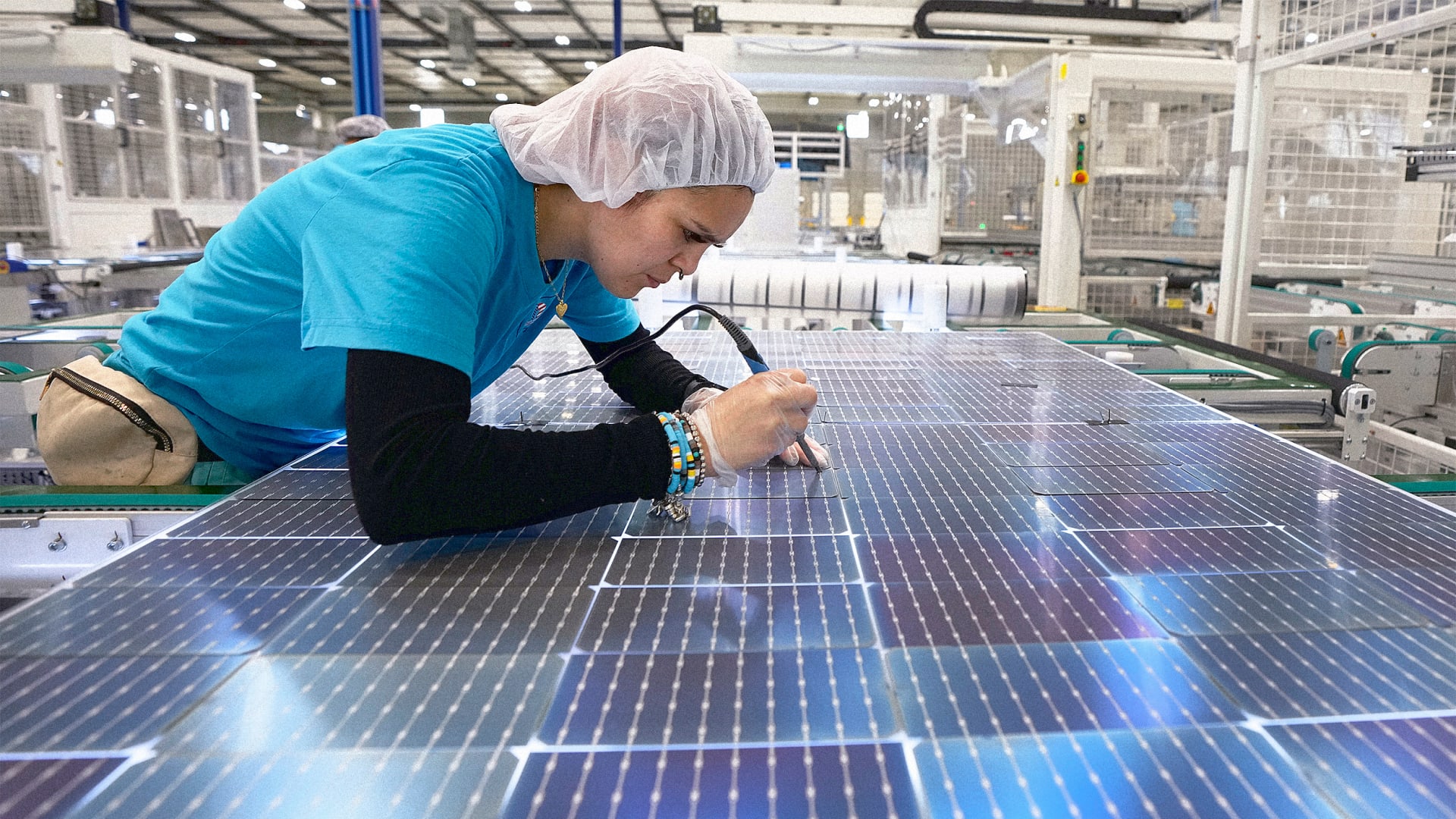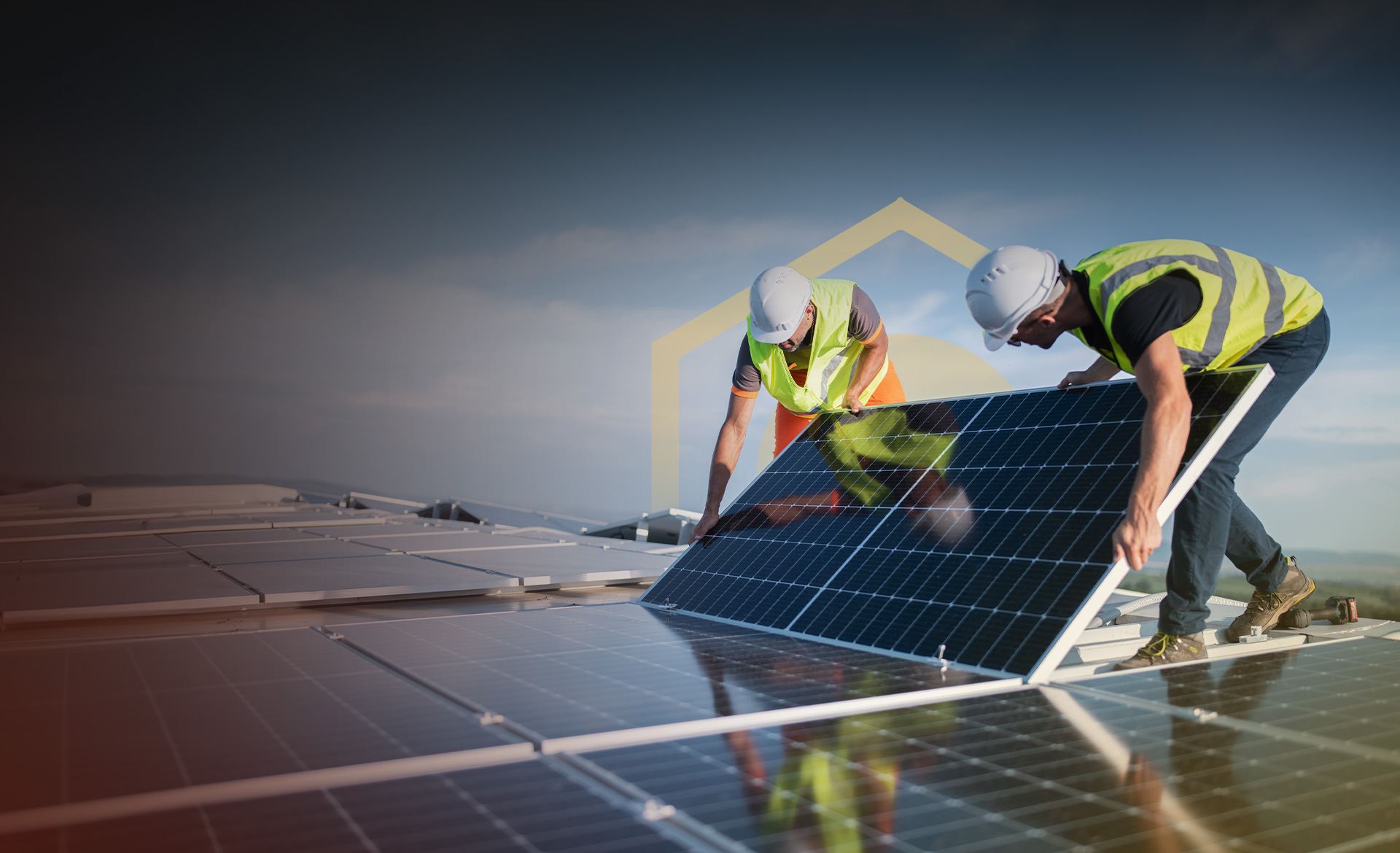Commercial Solar Panels Pa Fundamentals Explained
Commercial Solar Panels Pa Fundamentals Explained
Blog Article
Clean Energy For Homes PA: Our Firm Specializes In The Setup And Management Of Photovoltaic Energy Systems
History and Development of Photovoltaic Panel Business
The creation of solar panel companies can be traced back to the 1800s when Alexandre Edmond Becquerel found the photovoltaic result. Would he have thought of how his discovery would revolutionize the way we harness energy?
Early Starts

In 1954, Bell Labs developed the first useful photovoltaic cell. This marked a considerable turning point in the history of solar energy. They were at first used to power area satellites, but who understood this was just the beginning?
Development and Development
- In the 1970s, an energy crisis led to increased interest in renewable resource sources, including solar energy.
- By the 1990s, advancements in innovation and increasing environmental awareness led to the growth of photovoltaic panel companies globally.
A New Period
As we got in the 21st century, the solar market witnessed a rapid growth. The demand for tidy and renewable resource caused a brand-new age in the photovoltaic panel industry.
Remarkable Realities
- The world's very first solar energy station was integrated in 1982 in Hisperia, California.
- By 2019, solar energy had actually ended up being the world's fastest-growing source of power.
The journey of solar panel business has been remarkable, hasn't it? The future holds tremendous potential, with constant developments paving the method for a sustainable future. Can we imagine a world powered entirely by solar power?
Moving Forward
Today, photovoltaic panel companies continue to innovate, aiming for more effective and cost-effective options. The development of solar energy has actually come a long way, and yet, the journey has actually simply here started.
The Core of Photovoltaic Panel Production
Ever wonder what goes into producing those glossy, sun-loving solar panels? The process is as excellent as completion product (Residential Solar Panels PA). High-purity silicon, the main active ingredient in photovoltaic panels, goes through different transformations to ensure its effectiveness and toughness
From Sand to Silicon
Crystalline silicon, the foundation of most solar panels, stems from basic sand. It's an interesting journey, isn't it? The sand goes through a high-temperature reaction with carbon to form silicon. However, this isn't just any silicon. The silicon used in photovoltaic panels is "solar-grade," with a purity of 99.9999%. It's this purity that enables the panels to efficiently convert sunlight into power.
Ingot Development
When the silicon is pure enough, it's time to form ingots. Photo a big, cylindrical block of solid silicon. How is this attained? Through a process called Czochralski process, where the silicon is melted and after that gradually recrystallized. It's a slow dance of science, leading to a solid product that is nearly as pure as the raw silicon itself.
Slicing into Wafers
The ingots are then sliced into wafer-thin pieces, like slicing a loaf of bread. Each slice is a prospective solar battery, waiting to harness the power of the sun. Did you understand that the silicon wafers are just about 200 micrometers thick? That has to do with half the density of a human hair! The process requires accuracy and persistence, however the result is a set of wafers all set to be developed into solar cells.
Creating Solar Cells
With the wafer prepared, it's time for the magic to take place. The silicon wafer is 'doped' with other aspects like phosphorous and boron to develop an internal electrical field. It's this field that allows the conversion of sunshine into electrical power. Complex, isn't it?
Assembly and Quality Control
Solar battery resemble puzzle pieces that come together to form a photovoltaic panel. The cells are soldered together in a grid-like pattern, then covered with a protective layer of glass. The final action involves extensive quality control checks. It's vital that every solar panel carries out at its peak, wouldn't you agree?
Insider Tip
Always remember that even the most optimally made photovoltaic panel can lose efficiency due to dirt and debris build-up. Routine cleaning can considerably improve your panels' performance.
Comprehending the Environmental Effect of Photovoltaic Panel Business
Ever pondered the environmental footprint of a solar panel company? Green technology, such as solar, has changed our energy landscape, however what about the behind-the-scenes impact?
The Manufacturing Process: A Double-Edged Sword
The production process for photovoltaic panels requires a substantial amount of energy. This process, called 'em bodied energy', can be deemed a form of 'energy debt'. It's a little like borrowing today's sunlight to power tomorrow's energy needs. However stress not, the energy repayment time is frequently much shorter than you 'd believe!
- The energy repayment period for solar panels is typically 1-4 years.
- After this period, the energy produced is basically carbon-free.

Life After Decommission
And what takes place when a photovoltaic panel reaches completion of its life-span? Can it just be tossed into the trash? No, that wouldn't be very green, now, would it?
A practical solution is recycling. While solar panel recycling is still in its infancy, it holds a world of potential. Recycling not only keeps materials out of garbage dumps but likewise lowers the need for brand-new basic materials.
Responsible Sourcing: More Than A Buzzword
Where does the silicon come from, you ask? The market's need for silicon and unusual minerals can lead to destructive mining practices. Responsible sourcing is for that reason necessary to reduce damaging environmental impacts.
Minimized Carbon Emissions: The Bigger Photo
Let's not forget the bigger image: solar energy substantially minimizes carbon emissions. When set up, solar panels create clean, renewable resource, balancing out their preliminary production footprint.
Simply put, the ecological impact of photovoltaic panel business is a complicated problem. With accountable practices, the guarantee of a cleaner, greener future is well within our grasp.
Financial Efficiency and Market Share of Photovoltaic Panel Business
Ever wondered why some photovoltaic panel companies - Solar Installers Pennsylvania beat others in the market? What sets them apart? The crucial depend on their financial performance and market share
Financial Performance: A Critical Indicator
Financial performance plays a pivotal function in the success of any company. For photovoltaic panel companies, it's no various. Strong monetary performance makes it possible for these companies to buy innovative technology, research study, and advancement, thereby creating high-quality, effective solar panels.
How do they attain this? With a focus on cost effectiveness and tactical investments. Business that manage to reduce production costs without compromising on quality tend to fare better in the market.
Market Share: A Step of Success
Market share, on the other hand, is a direct reflection of a company's popularity amongst consumers. A high market share means more house owners are selecting their photovoltaic panels over rivals.
So, what's the secret dish for getting a bigger market share? It boils down to consumer complete satisfaction and brand name track record. Companies that prioritize client needs and preserve a favorable brand image are more likely to catch a bigger share of the market.
- Customer Satisfaction: Solar panel companies that provide reliable products and exceptional customer service tend to have greater client satisfaction rates.
- Brand Reputation: A strong brand name reputation is developed gradually through constant delivery of quality product or services.
Financial Efficiency and Market Share: The Symbiotic Relationship
Interestingly, the relationship in between financial efficiency and market share is not one-sided. They feed off each other. A strong monetary performance can increase a company's market share, while a high market share can improve monetary efficiency.
As a photovoltaic panel company, balancing these 2 aspects is vital for long-term success. A business that neglects either of them might find it difficult to maintain its position in the competitive solar market.
The Takeaway
So, what does all this mean for you? Whether you're a house owner seeking to install solar panels or an investor eyeing the solar industry, comprehending the monetary efficiency and market share of photovoltaic panel companies is essential. They are key signs of a company's health and potential for future development.
Report this page